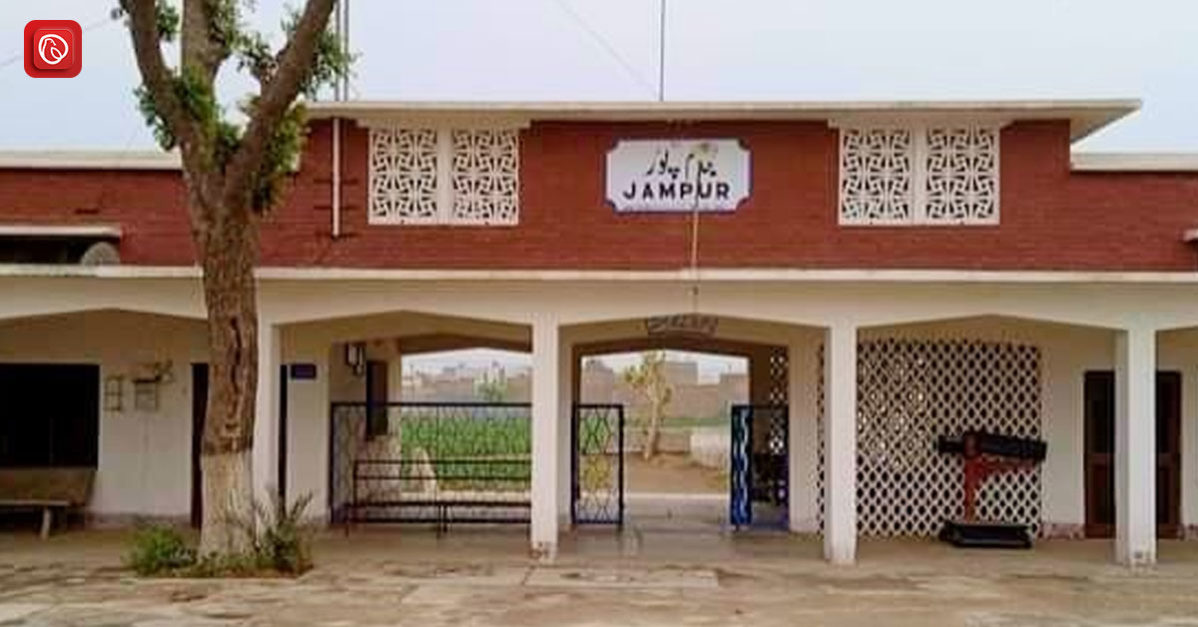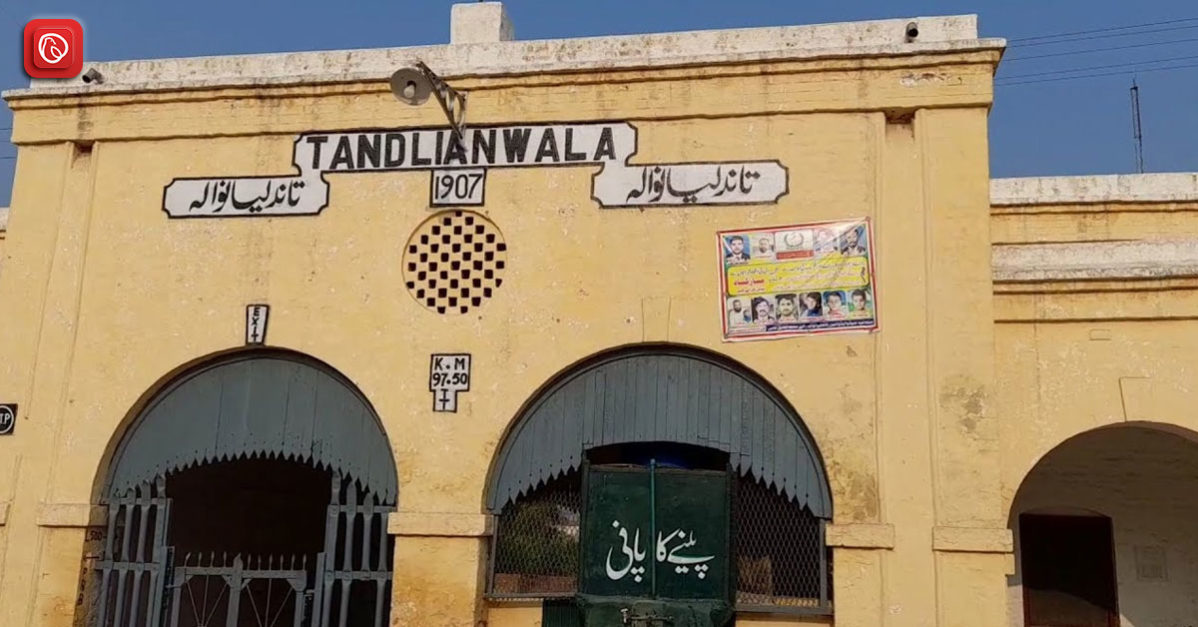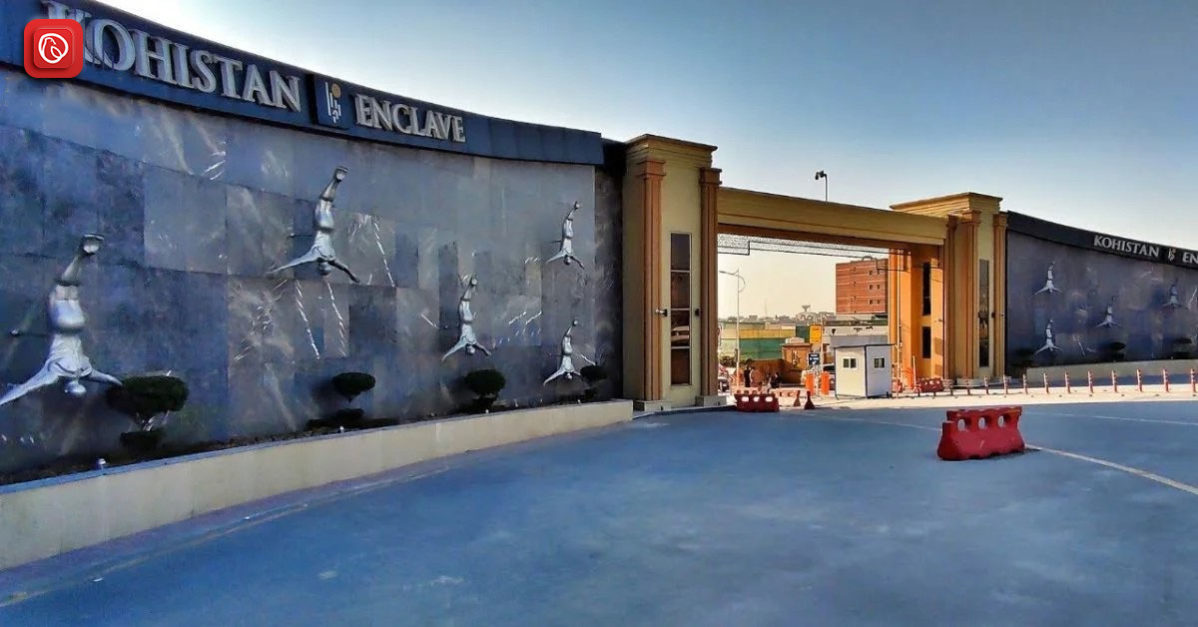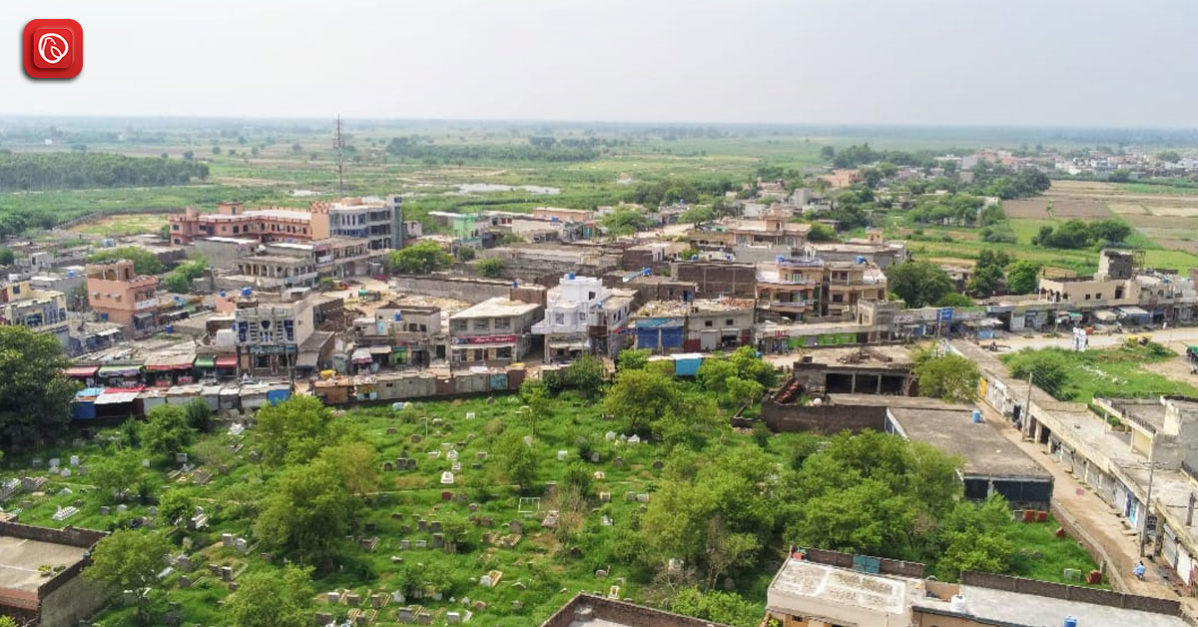Located amidst the picturesque landscape of Pakistan, Jampur emerges as a quaint yet vibrant city, in the Rajanpur District, south of Dera Ghazi Khan. Spanning approximately 17 square kilometres, this small city boasts a population of nearly 120,000 souls, creating a harmonious blend of community and culture. In this blog, graana.com will delve deeper into the captivating facets that define the essence of Jampur.
Jampur Postal Code and Other Details
| Field | Details |
| Post Office | Jampur NPO |
| Postal Code | 03301 |
| Delivery Status | Non-Delivery |
| Main GPO | Dera Ghazi Khan GPO |
| Province (State) | Punjab |
| District | Dera Ghazi Khan (DGK) |
| Longitude | 70°35’45″E |
| Latitude | 29°38’32” N |
| Area | 2,322 square kilometres |
Location of Jampur
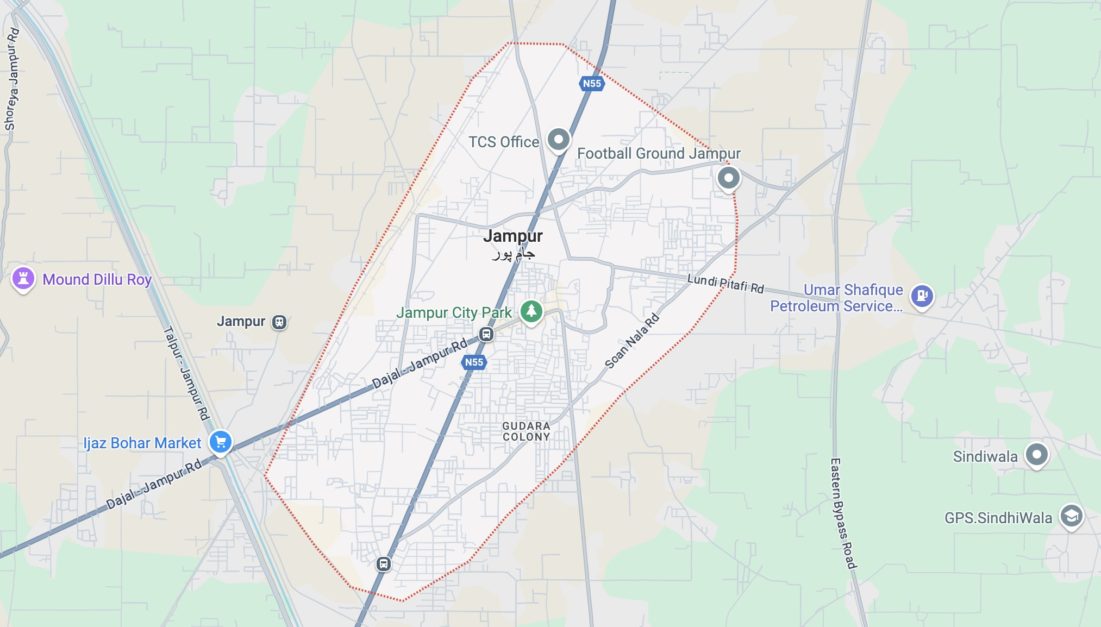
Located in Punjab province, Pakistan, Jampur serves as the capital of its district. With an area spanning about 16.7 square kilometres and a population of around 87,858, as of 2017, it stands as a hub of artistic and cultural activity.
Surrounded by the gigantic Sulaiman Range to the west and the serene Indus River to the east, Jampur boasts a unique geographical setting. This juxtaposition of rugged mountains and flowing rivers shape the city’s identity, offering residents and visitors alike a glimpse into Punjab’s natural wonders and rich cultural heritage.
How to Reach Jampur?
Jampur stands out as one of Punjab’s most accessible cities, boasting an efficient public transportation network. This includes a multitude of public buses, along with hundreds of rickshaws and taxis available for commuters. Approximately 50% of the city’s residents own their own vehicles, primarily bikes, facilitating personal mobility.
The city’s roads are in good shape and are periodically widened to accommodate the growing traffic demands. Jampur is intersected by two bypasses, with the east bypass currently undergoing development, while the west bypass, although previously developed, requires road maintenance.
The city serves as a thoroughfare for numerous buses and trucks, including renowned ones such as Adil Shah Choudhry Express and Baloch Express, among others.
Etymology
The term “Jampur” consists of two components: “Jam” and “Pur.” Over time, “Jadam” evolved into “jam,” while “Pur” is a suffix in the local language that signifies “populated by.” Initially referred to as “JadamPur,” the name gradually transformed into “Jampur” as it became more commonly known.
Main Markets in Jampur
In Jampur, the main market, “Sadar Bazar,” stands as a historic hub of commerce. Situated in the Old City on the city’s eastern side, it exudes tradition and heritage. The New City sits lower, a precaution against past flooding from the nearby Indus River. Circular Road, the main thoroughfare of the Old City, once boasted ten “Darraas” (Gates) for tax collection during the Mughal era.
Today, Sadar Bazar thrives as a busy marketplace, blending its rich past with contemporary commerce. Visitors experience its vibrant atmosphere and diverse offerings, connecting with local vendors and embracing the city’s enduring cultural identity.
Local Language of Jampur
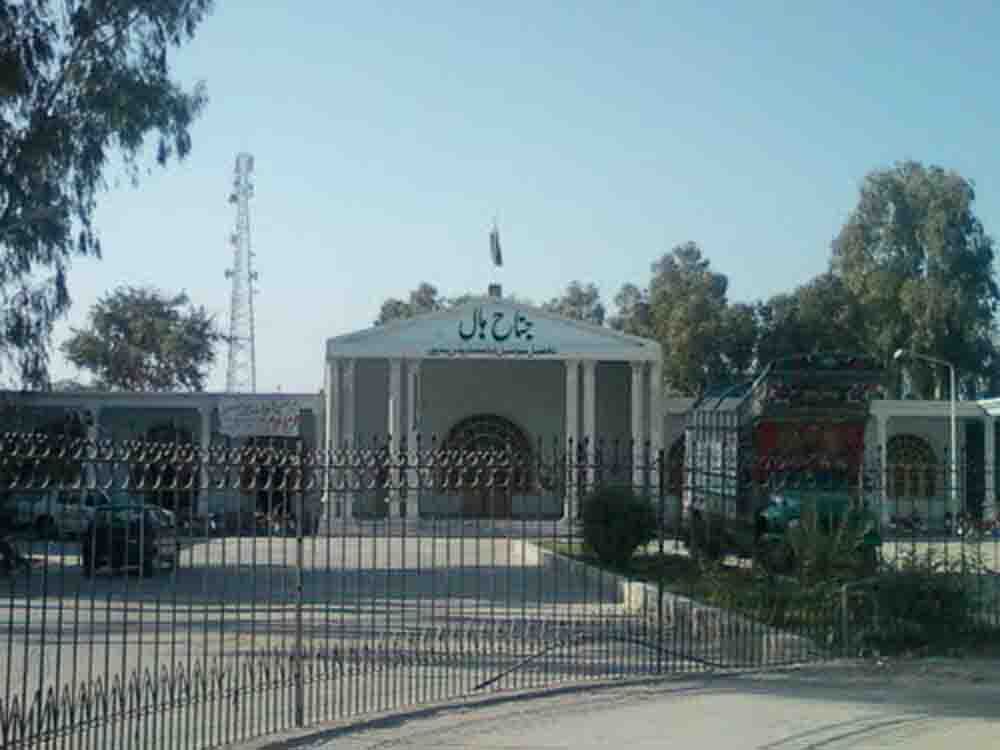
Jampur, a prominent city in Southern Punjab, is characterised by the widespread use of the Seraiki language among its residents. Approximately 75% of the population converses in Seraiki, contributing to the linguistic diversity of the region.
In addition to Seraiki speakers, Jampur is home to various ethnic groups and linguistic communities. Muhajir families, including casts such as Qureshi, Mirza, and Mughal, alongside Urdu-speaking families, Pathans, Baloch’s, and Punjabis, form a mosaic of cultures and languages within the city. This linguistic tapestry reflects the multicultural essence of Jampur, where diverse communities coexist harmoniously.
Cultural Treasures
Jampur pulsates with agricultural vitality, its fertile lands nurturing bountiful crops of cotton, wheat, sugarcane, and tobacco. The city’s agricultural prowess is complemented by its exquisite woodwork, a craft passed down through generations.
As ancient conquerors like Halaku Khan and Genghis Khan left their mark, indigenous clans like the Bhuds and Arains settled, shaping Jampur’s cultural landscape over centuries. From the vibrant bazaars to the tranquil countryside, every corner of Jampur resonates with the echoes of its rich cultural heritage.
What is Jampur Known For?
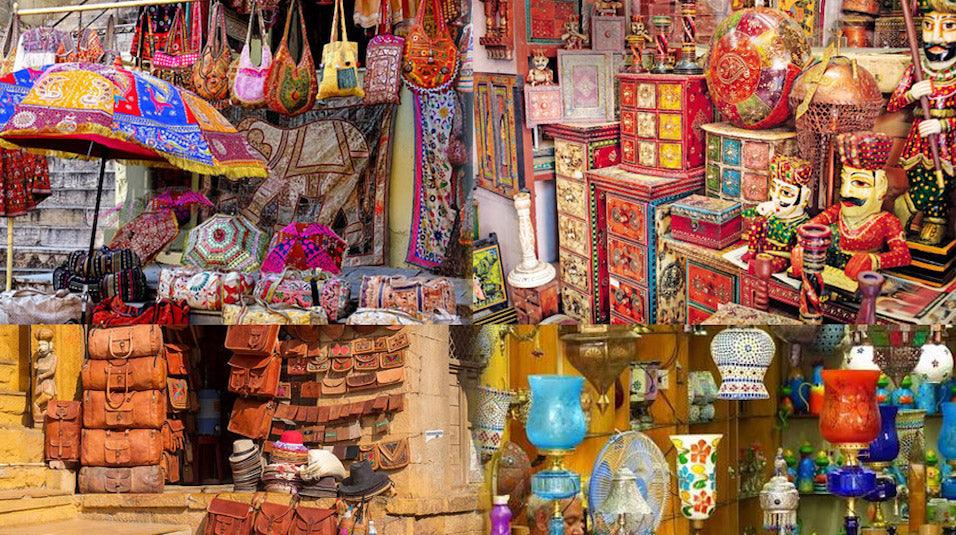
Jampur is renowned for its finely carved pens, an esteemed craft that has garnered attention both locally and internationally. These meticulously designed writing implements are often selected as gifts, showcasing the city’s rich heritage of skilled craftsmanship.
Furthermore, Jampur is famed for its wooden artwork, notably the Jampuri chaarpai, distinguished by its robust structure and intricately adorned pillars. The city’s cotton and tobacco harvests are highly regarded nationwide, underscoring its agricultural significance.
Additionally, Jampur hosts a thriving market for pesticides, recognised as the largest in Pakistan. This market serves as a testament to the city’s economic vibrancy and plays a pivotal role in sustaining the agricultural sector’s prosperity.
Educational Oasis
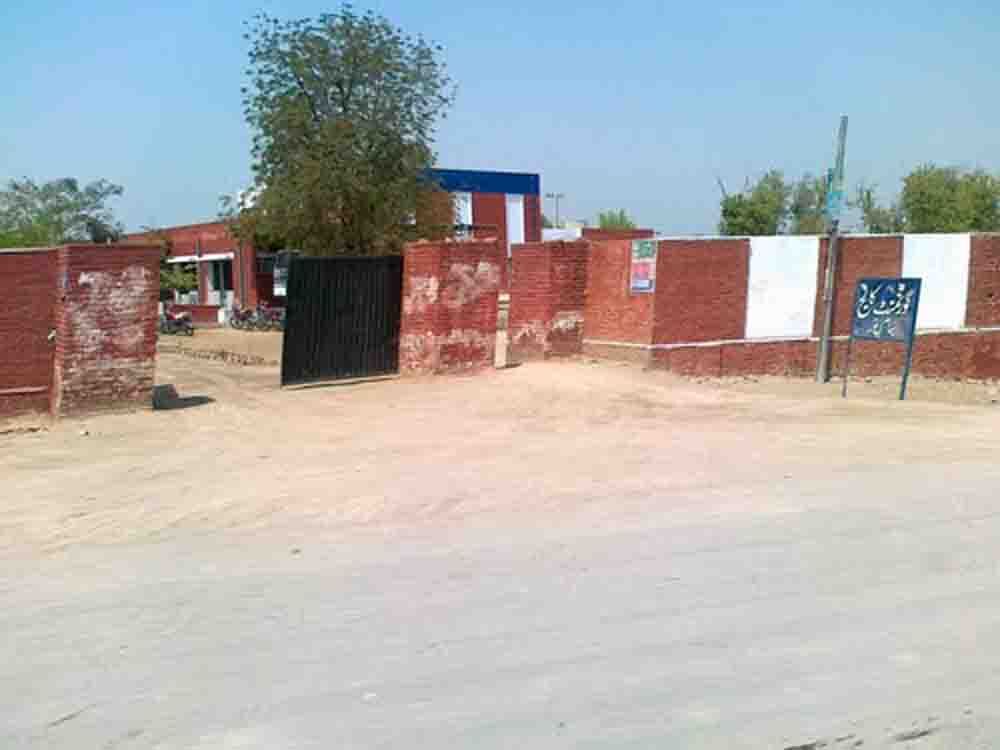
In the realm of education, Jampur shines as a beacon of enlightenment. From the venerable Government Boys High School, founded in 1935, to public colleges nurturing future professionals, the city fosters intellectual growth.
Noteworthy is the Commerce College, a crucible of professional education, and Alkamal Academy, a bastion of academic excellence. As students embark on their educational journey, they are met with a wealth of opportunities, shaping the future of Jampur and beyond.
Healthcare Haven
Ensuring the well-being of its inhabitants, Jampur boasts a robust healthcare infrastructure. The Tehsil Headquarters Hospital stands as a bastion of medical care, complemented by numerous private clinics offering specialised services. In times of crisis, an ambulance stands ready, a symbol of the city’s commitment to emergency preparedness.
Artistic Legacy
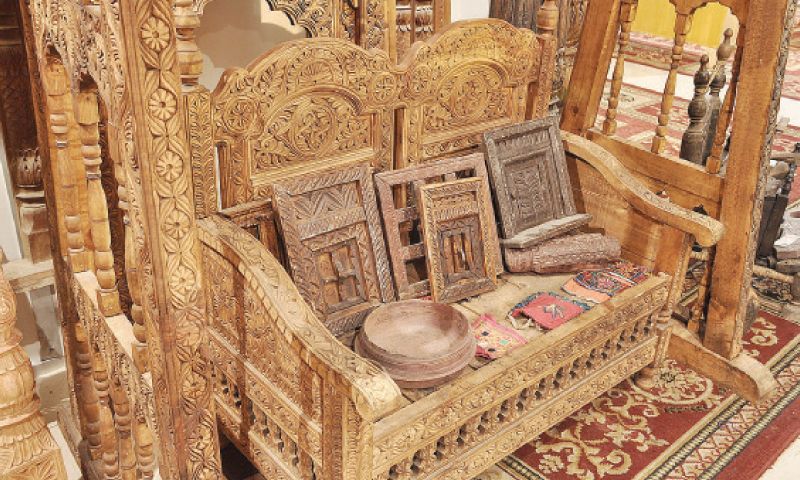
Jampur’s artistic flair extends beyond its agricultural prowess, manifesting in its intricate woodwork and carved pens. Crafted with meticulous attention to detail, these artistic treasures serve as a testament to the city’s craftsmanship.
From the intricately carved designs to the smooth finish, each piece tells a story of tradition and innovation. As visitors marvel at these artistic wonders, they are invited to glimpse into the soul of Jampur, where creativity knows no bounds.
Agricultural Abundance
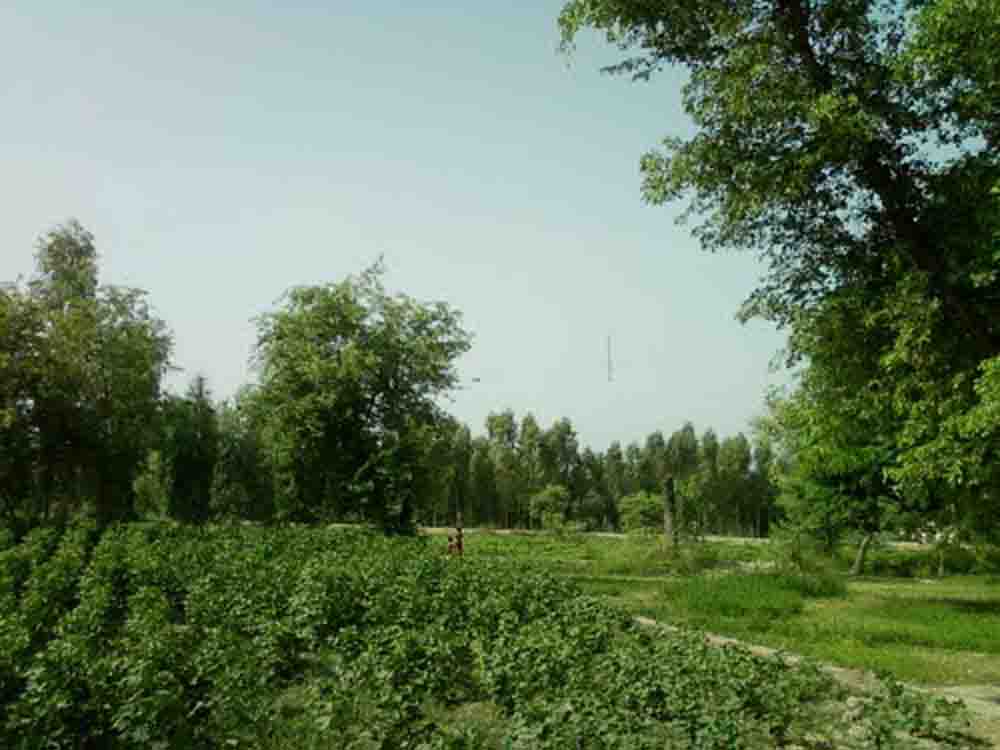
Embracing its agrarian roots, Jampur flourishes with verdant fields yielding an array of crops. From cotton and maize to mangoes and dates, the land teems with agricultural bounty. Notably, Jampur’s cotton factories and thriving pesticide market underscore its agricultural significance. As farmers tend to their fields with care, they contribute to the city’s economic prosperity, ensuring a sustainable future for generations to come.
Historical Marvels
Jampur’s history is a captivating tale woven with threads of antiquity. Delving into the annals of time, the city unveils a rich tapestry of civilisations. Evidence dating back over 5000 years, discovered at ‘Dalo Ra-oy Ka Theer,’ stands as a testament to its ancient origins.
Legends whisper tales of Alexander the Great’s fascination with the beauty of Queen Rukhsana, a story immortalised through the renowned soap, “Rexona,” crafted by the multinational company Unilever. As we stroll through the streets of Jampur, we are not merely witnessing history; we are stepping into a realm where the past intertwines seamlessly with the present.
Conclusion
In the mosaic of Pakistan’s diverse landscape, Jampur stands as a testament to resilience and progress. From its storied past to its promising future, this small city captivates with its blend of tradition and modernity. As it continues to evolve, Jampur remains a jewel in the crown of southern Punjab, beckoning travellers to explore its enchanting charms.
Frequently Asked Questions
Following are some of the top FAQs regarding Jampur.
What is the significance of Jampur in Pakistan’s cultural landscape?
Jampur holds significant cultural importance due to its rich history, vibrant traditions, and artistic heritage. Its contributions to agriculture, education, and art make it a noteworthy destination in Pakistan.
What are the main attractions for tourists visiting Jampur?
Tourists visiting Jampur can explore its historical sites, such as ‘Dalo Ra-oy Ka Theer,’ and marvel at its intricate woodwork and carved pens. The city’s lush parks, bazaars, and serene countryside also offer delightful experiences.
What are the primary economic activities in Jampur?
Jampur’s economy revolves around agriculture, with crops like cotton, wheat, sugarcane, and tobacco being significant contributors. Additionally, the city’s thriving woodwork industry and emerging Information Technology sector play pivotal roles in its economic growth.
How has Jampur evolved over time, particularly in terms of modernisation and technological advancements?
Jampur has embraced modernisation while preserving its cultural identity. The city is witnessing rapid technological advancements, with a growing focus on Information Technology. Its computer market and increasing digital literacy reflect its journey towards becoming a tech-savvy hub in southern Punjab.
What makes Jampur’s artistic legacy unique?
Jampur’s artistic legacy is characterised by its intricate woodwork and carved pens, which showcase the city’s craftsmanship and creativity. These artistic treasures serve as cherished gifts and reflect the cultural heritage of Jampur.
For more information, visit Graana.com.
